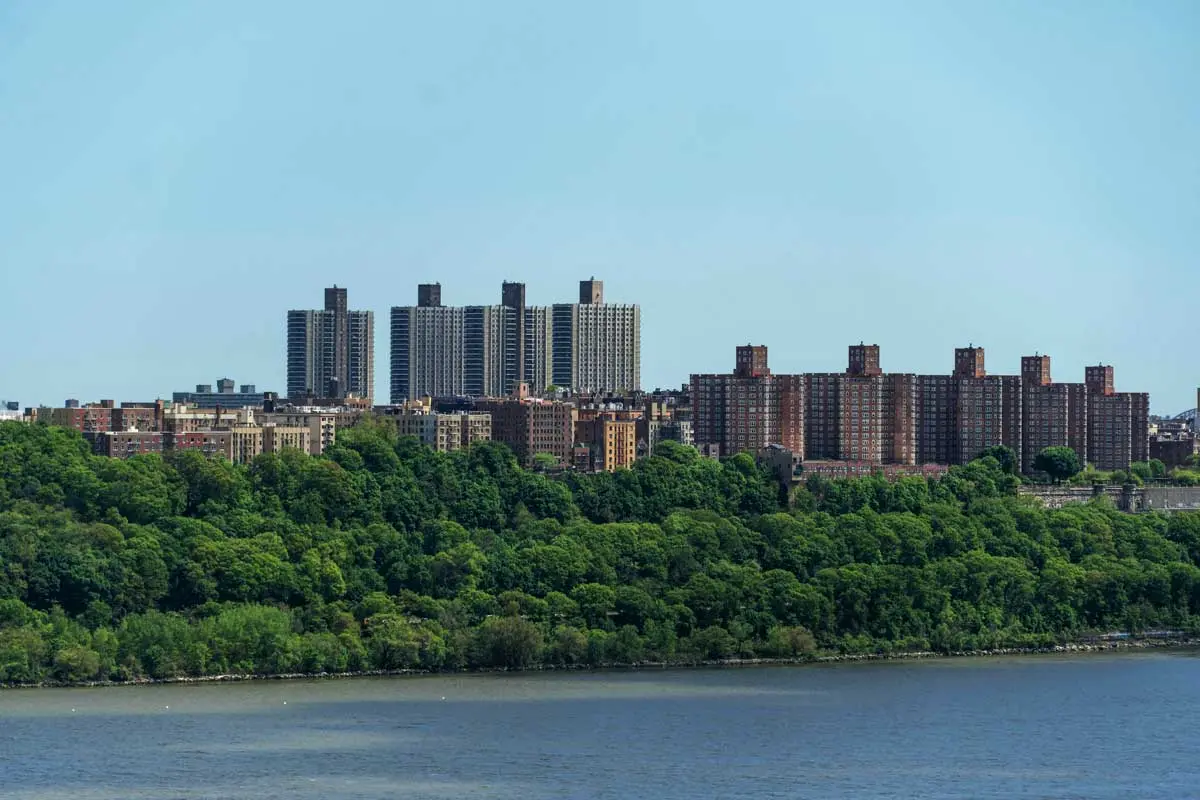Housing Plan

“New Yorkers need a Mayor with bold vision, who knows housing and intends to be fully accountable for achieving results. With my plan, families, young workers and companies will no longer need to look elsewhere to find affordable housing.”
— Jim Walden, Independent Candidate for Mayor
Executive Summary
Walden’s housing initiative will add more than 50,000 units annually, with a focus on true affordability through a revolutionary approach: rent set at 25% of each borough’s median income, with rules enforced through private arbitrations rather than housing court.
This comprehensive approach addresses New York City’s critical housing shortage through innovative policy solutions. It creates truly affordable housing across all five boroughs, holds landlords accountable through a new licensing system, empowers local communities in development decisions, significantly reduces bureaucratic obstacles to speed development, and establishes a fund to fight poverty at its roots.
Unlike other proposals, this initiative is supported by a comprehensive 100-page plan that identifies funding sources for all components.
Below is a summary of the tools Walden plans to use:
1. Restore Developer Incentives that Worked: Change laws that stifle development by partnering with Albany or challenging them in Court. Examples include Law 485-x, which replaced 421-A, intended to spur development and hiring, but has had the opposite effect due to wage requirements that exceed those in union contracts. The Housing Stability and Tenant Protection Act of 2019 severely limits landlords’ ability to raise rent to cover capital improvements.
2. Build Ambitiously to Lower Overall Rent: NYC owns significantly more land and buildings than it needs. This plan makes it easier for the city to auction off what it doesn’t need among its 15,000 properties. It would consolidate city offices within the 22 million sq ft of buildings it owns — many in high-rent areas, to free up desirable space.
NYC would pre-approve designs for rental buildings to speed their construction and renovation.
3. To expedite the conversion of vacant commercial space to residential use, the City would permit residential units to be constructed below commercial ones. Waive code requirements and modify air and light rules on specific projects. Allow flexible design rules for affordable units.
4. To increase the density of NYCHA public housing, the plan creates a pilot program that builds out to the street, making full use of space currently used for fenced-in lawns and parking lots. Win tenant support by letting residents see prototypes or use a “build-first” model to move tenants into new buildings before prior ones are demolished. Offer rent-to-own options for qualified NYCHA tenants.
5. Develop abandoned lots of more than 1,000 acres: These include amusement parks, island spaces, and land requiring environmental abatement.
6. Turn long-vacant or “Zombie” buildings into rental housing, by using flexible rules by project to maximize affordable yield, with community input and preference to local developers—tax long-vacant properties to halt the abuse of write-offs.
7. Foreclosed Property Program: Speed development of affordable housing in 6,000 properties foreclosed each year.
8. Targeted Upzoning to spur significant new rental developments in communities that need more housing, with community board approval.
9. Cut Red Tape: Create a single agency with expertise, staffing, and authority to approve projects. The goal is six months for small projects and 10 months for large ones—partner with the Real Estate Board of New York to make this a private-public initiative.
10. Kids in Poverty (KIP) Program: We will use a portion of the housing plan’s profits to support innovative programs that address generational poverty in a meaningful way.1
New Yorkers deserve real leadership, not more excuses. We can fix this. We will fix this. And we will do it by putting people ahead of politics.
To access the 100+ page housing plan, “Blueprint for New York City: A solution to the housing crisis,” please go here.
Jim Walden,
Candidate for Mayor
1. This idea was pioneered by Bill Ackman, who called it “Birth Right.” https://corpgov.law.harvard.edu/2021/02/16/a-conversation-with-bill-ackman/